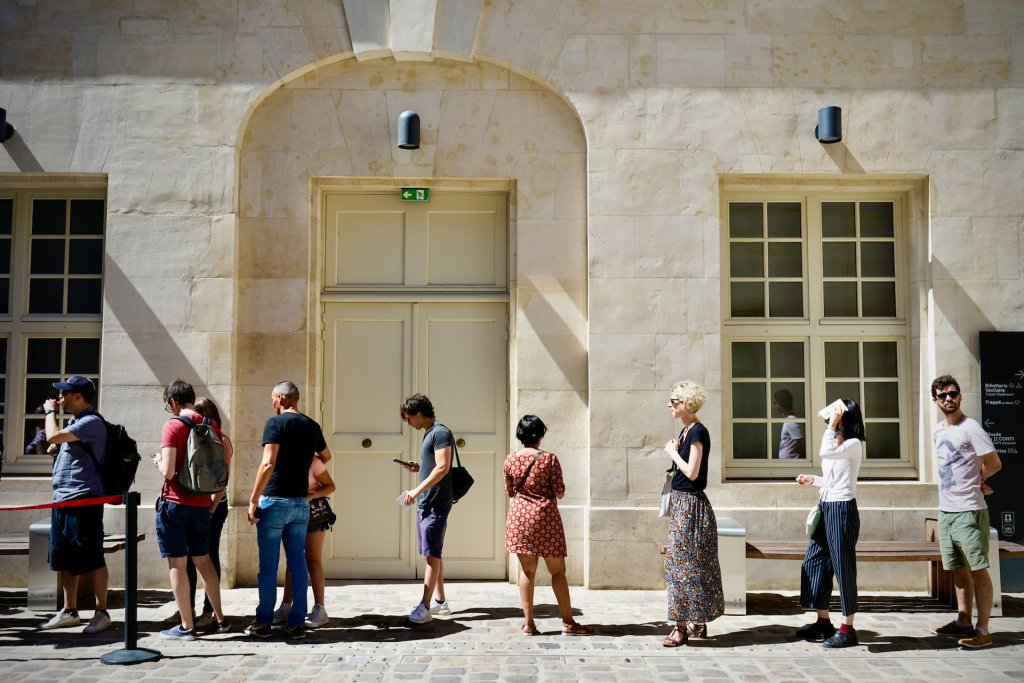Revenue Management for Operators and Attractions: Optimizing Capacity Utilization
Lines around the block might sound like a good problem to have, but managing the flow of visitors can be a costly headache for tourism operators and attractions.
In this post, we’ll look at how you can optimize capacity utilization as part of a successful revenue management strategy that keeps customers and operators happy, even at the busiest times.
Optimizing Visitor Flow
Optimizing visitor flow is critical for tourist attractions. A smooth and efficient flow of visitors can help reduce wait times and improve the overall visitor experience.

One way to optimize visitor flow is by implementing a timed-entry system. This system enables visitors to book their entry time in advance, thereby reducing the number of visitors waiting in queues. This also helps tourist attractions manage peak crowds and maintain social distancing guidelines. For instance, the Louvre Museum in Paris implemented a timed-entry system, which helped them manage the number of visitors and reduce wait times.
Another way to optimize visitor flow is by offering VIP access. This can be done by offering a premium experience to visitors who are willing to pay more. VIP access can include exclusive entry points, personal guides, and other perks that can enhance the visitor experience. This not only helps increase revenue but also helps reduce the number of visitors waiting in queues, thereby optimizing capacity utilization.
Reducing Wait Times
Reducing wait times is another critical aspect of optimizing capacity utilization. Long wait times can be frustrating for visitors and can lead to a poor visitor experience.
Tourist attractions can reduce wait times by implementing technology such as virtual queuing systems. Virtual queuing systems enable visitors to book their place in a queue through a mobile app, thereby reducing the time spent waiting in line.
This also helps tourist attractions manage peak crowds and optimize capacity utilization. For instance, Disneyland implemented a virtual queuing system, which helped reduce wait times and improve the visitor experience.
Managing Peak Crowds
Managing peak crowds is essential for tourist attractions. Peak crowds can lead to overcrowding, long wait times, and a poor visitor experience. Tourist attractions can manage peak crowds by implementing a variety of strategies.

One way is by offering discounts during off-peak periods to encourage visitors to visit during less busy times. Another way is by providing incentives to visitors who visit during off-peak periods, such as free parking or discounted food and beverage options.
Tourist attractions can also manage peak crowds by implementing capacity restrictions. By limiting the number of visitors allowed at a given time, tourist attractions can optimize capacity utilization and reduce the risk of overcrowding. This also helps ensure that visitors have a better experience by reducing wait times and overcrowding.
Grow With the Flow
By optimizing visitor flow, reducing wait times, and managing peak crowds, tours and attractions can make the most of peak demand and deliver the best possible experience for visitors.
Optimizing capacity utilization is more than crowd control. It’s a key element of growth and revenue management.
For more information on Ventrata, check out Customer Success or request a demo
Contact sales@ventrata.com to chat to a member of our sales team
Leave comment
Interested in our products?
Ventrata is a comprehensive booking solution for tour and attraction businesses that are looking to win back control of their sales channels and maximise profits. With Ventrata as your booking and ticketing partner, you not only get industry-leading software you also get 24/7 support from our global team!